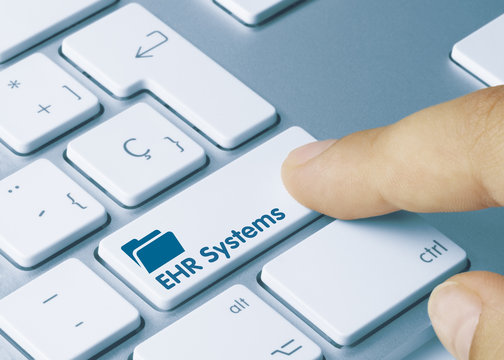EHR Interoperability Challenges

Electronic Health Records (EHRs) represent a transformative shift in the way healthcare professionals document, access, and share patient data. The digitalization of health records holds the promise of streamlining processes, enhancing patient care, and supporting a more holistic approach to health management. However, one of the significant hurdles that the healthcare sector faces in fully leveraging the benefits of EHRs is achieving interoperability. EHR interoperability refers to the ability of diverse EHR systems and software applications to communicate, exchange data, and use the shared data meaningfully.
While the goals of EHR interoperability are clear, multiple challenges prevent its realization:
- Diverse Systems and Standards: One of the most significant challenges is the presence of various EHR systems in the market, each with its design, features, and functionalities. With no standardization in place, different systems often have difficulty interacting with each other. Even though some standards like Health Level Seven (HL7) have been developed to facilitate interoperability, their adoption is inconsistent.
- Data Fragmentation: EHRs, by their very nature, involve vast amounts of data that can be fragmented across numerous providers, specialists, and facilities. Each entity might record and categorize data differently, leading to inconsistencies that make interoperability complex.
- Inadequate Infrastructure: Many healthcare facilities, especially smaller ones, lack the necessary infrastructure to support interoperable systems. The absence of the right technological infrastructure can be a significant barrier to the smooth exchange of data.
- Vendor Lock-in: Some EHR vendors design their systems in a proprietary manner, making it challenging to integrate with other systems. Such “vendor lock-in” restricts the free exchange of information and compels healthcare providers to remain with a single vendor, limiting their choices and flexibility.
- Privacy and Security Concerns: Data breaches in healthcare are a significant concern. As health records contain sensitive personal information, ensuring patients’ healthcare data security during exchange becomes paramount. However, interoperability can inadvertently introduce vulnerabilities if not implemented with stringent security protocols.
- Resistance to Change: Many healthcare providers are accustomed to their existing EHR systems and workflows. Changing or integrating with new systems can be met with resistance due to concerns over disruption, re-training requirements, and potential errors.
- Cost Implications: Achieving EHR interoperability often requires substantial investment in technology, training, and system upgrades. Not all healthcare providers have the financial resources or the will to make such investments, especially if immediate benefits are not evident.
- Complex Regulatory Landscape: In many countries, health data management and exchange are governed by a maze of regulations and compliance requirements. Navigating this landscape and ensuring interoperability without violating any laws can be daunting.
- Lack of a Unified Patient Identifier: Without a unique, universal patient identifier system, merging patient records from different sources becomes complicated. Mismatches or duplications can occur, leading to errors and potential health risks.
- Quality and Accuracy Concerns: As data is shared and integrated from various sources, there’s a risk that inaccuracies can be introduced or perpetuated. This can compromise patient care if clinicians are working with incorrect or outdated information.
In conclusion, while EHRs have the potential to revolutionize healthcare by offering a unified, comprehensive view of patient data, the challenges of interoperability remain significant. Addressing these challenges requires a concerted effort from healthcare providers, EHR vendors, policymakers, and other stakeholders.
Standardization initiatives, investment in robust infrastructures, incentives for vendors to ensure interoperability, and comprehensive training for healthcare professionals are some of the measures that can pave the way for a truly interconnected and efficient EHR ecosystem. Only by overcoming these hurdles can the healthcare industry unlock the full potential of digital health records, providing enhanced care to patients and harnessing the power of data for continuous improvement.